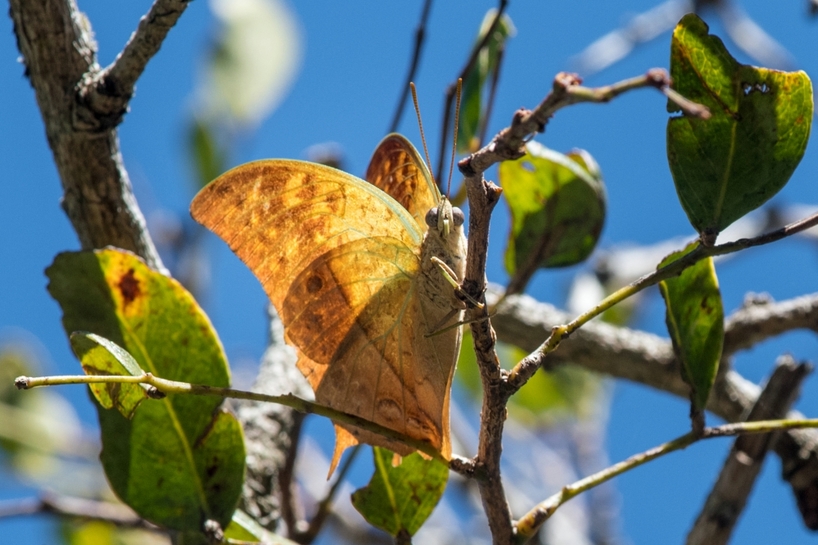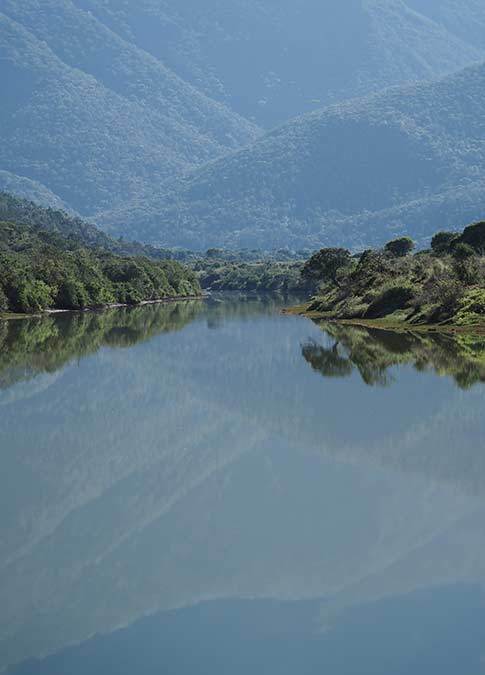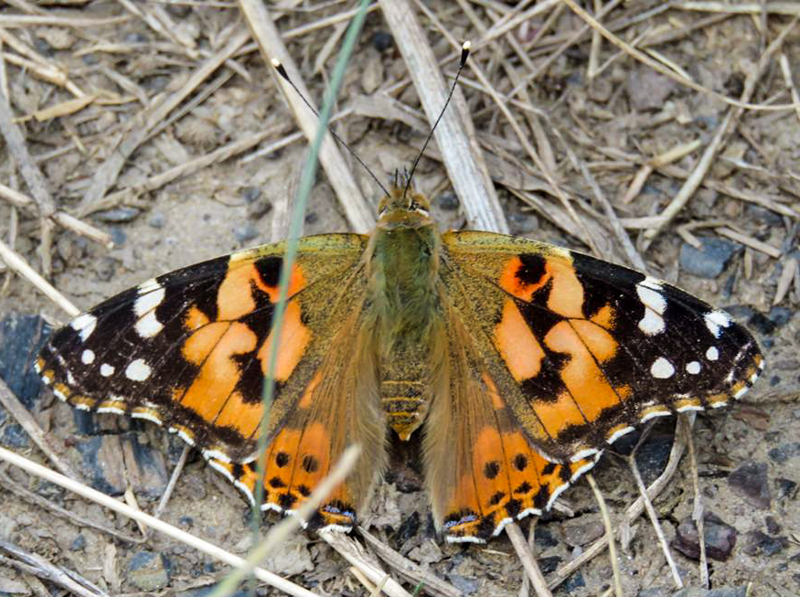South African Beautiful Butterflies

Spring has sprung and Kariega Game Reserve in South Africa is full of blooming wild flowers and trees. The colourful blossoms and their fragrances attract a variety of insects, including moths, beetles and beautiful butterflies, that feed off the sweet nectar.
Butterflies come in many different shapes, colours and sizes. They are insects with four wings, six legs, a pair of antennae and a body that is divided into three sections (head, thorax and abdomen). Butterflies have a four-stage life cycle. They are vital for our ecosystem as they pollinate most of the flowers and also serve as an important food source for birds, lizards and other hungry predators.
If you love butterflies, you should book a safari and stay at Kariega Game Reserve as there are over 660 species in South Africa alone!
Identifying South African Butterflies
Butterflies are very challenging to identify. Features such as the shape, size and span of their wings, predominant open wing and closed wing colour plus their markings can help to figure out the species. Butterflies don't keep still for long and often fly away when you try to get close to them to look at their features. Using a camera with a zoom lens or catching a butterfly can help to view them better. Noting the habitat and time of year you see the butterfly can also help to identify it. You can always ask your Kariega safari guide to help you.
Many butterfly species can mimic other species. This makes identifying them even more difficult! This mimicry can be used to confuse predators into thinking that they are poisonous when eaten, when they are actually not. For example the African monarch (Danaus chrysippus) is thought to be toxic to birds and many other butterflies mimic its bright black, white and tawny coloured wings to avoid predation.
Butterflies advertise their poisonous qualities to birds in the same way that the bands of yellow and black of bees and wasps advertise the fact that they can sting. This is called aposamatic colouration and is meant to warn predators.
Here are five interesting facts about butterflies that you may not know:
- Butterflies live on a completely liquid diet.
- They fee using a long straw-like body-part called a proboscis which they then use to suck up nectar and other fluids.
- Butterflies will congregate on the fresh dung of herbivores, such as elephants and rhinos, and feed off the liquid to get needed nutrients.
- When a caterpillar is ready to change into a butterfly they go through a stage called metamorphosis. This is when the caterpillar's whole body structure to turn into liquid and the cells then rebuild themselves. What emerges at the end is a perfectly formed butterfly.
- Butterflies taste with their feet!
Beautiful South African Butterflies Photographed at Kariega
The gorgeous butterfly images in this blog were all taken at Kariega Game Reserve. Photo credits to Kariega Conservation Volunteer Mike Fitzgerald for the green-veined emperor image and to and guest Cher Tucker for the mocker swallowtail butterfly image.
Green-Veined Emperor Butterfly
This butterfly can be seen in the image above. Emperor butterflies are large and impressive and their wingspan can reach up to up to 75 mm. These butterflies can often be seen flying high up in the forest canopy. The are not as brightly coloured as many other butterfly species. There are 23 documented species of emperor butterflies in South Africa.
Painted Lady Butterfly
Painted lady butterflies are very widely distributed around the world. They can form huge swarms when migrating to warmer climates. The larvae of a painted lady likes to eat a wide variety of plants which makes it easy for them to find food in lots of different environments. Adult painted lady butterflies can often be found in wet mud as they seem to like the moisture.
Mocker Swallowtail Butterfly

This beautiful, large butterfly belongs to the family of swallowtails or papilio. This family includes butterflies with a wide variety of wing colours and shapes. Mocker swallowtail butterfly wings can reach up to 100 mm. They can often be found in forests and we regularly see them at Kariega Game Reserve. Newly hatched larvae area a greeny grey colour to help them be camouflaged in the leaves. They resemble bird droppings and are almost impossible to detect when they are not moving. The most common butterfly in this family is citrus swallowtail and it can be a pest in citrus plantations as the caterpillars feed on the tree leaves.
Book Your South African Malaria-Free Safari
We would love to assist you to plan and book your South African malaria-free safari at Kariega Game Reserve. Our malaria-free private reserve offers five safari lodges to suit all needs. Experience close up game viewing of the Big 5 - lion, elephant, rhino, buffalo and leopard - as well as multitudes of other South African wildlife from the comfort of an open game drive vehicle driven by superb safari guides. You may also see many beautiful butterflies!
View our safari special offers, check availability and rates online, book via our secure online system or contact us via email on reservations@kariega.co.za for more information. We also offer assistance with South Africa tours and can put you in touch with experienced and trusted tour specialists. Contact us to plan your South Africa safari tour today!
Be sure to subscribe to our blogs and join our Facebook, Instagram and Twitter communities to make sure you don't miss our updates. We would love to see your pictures and videos if you saw any beautiful butterflies while on safari at Kariega.










